The martial tradition
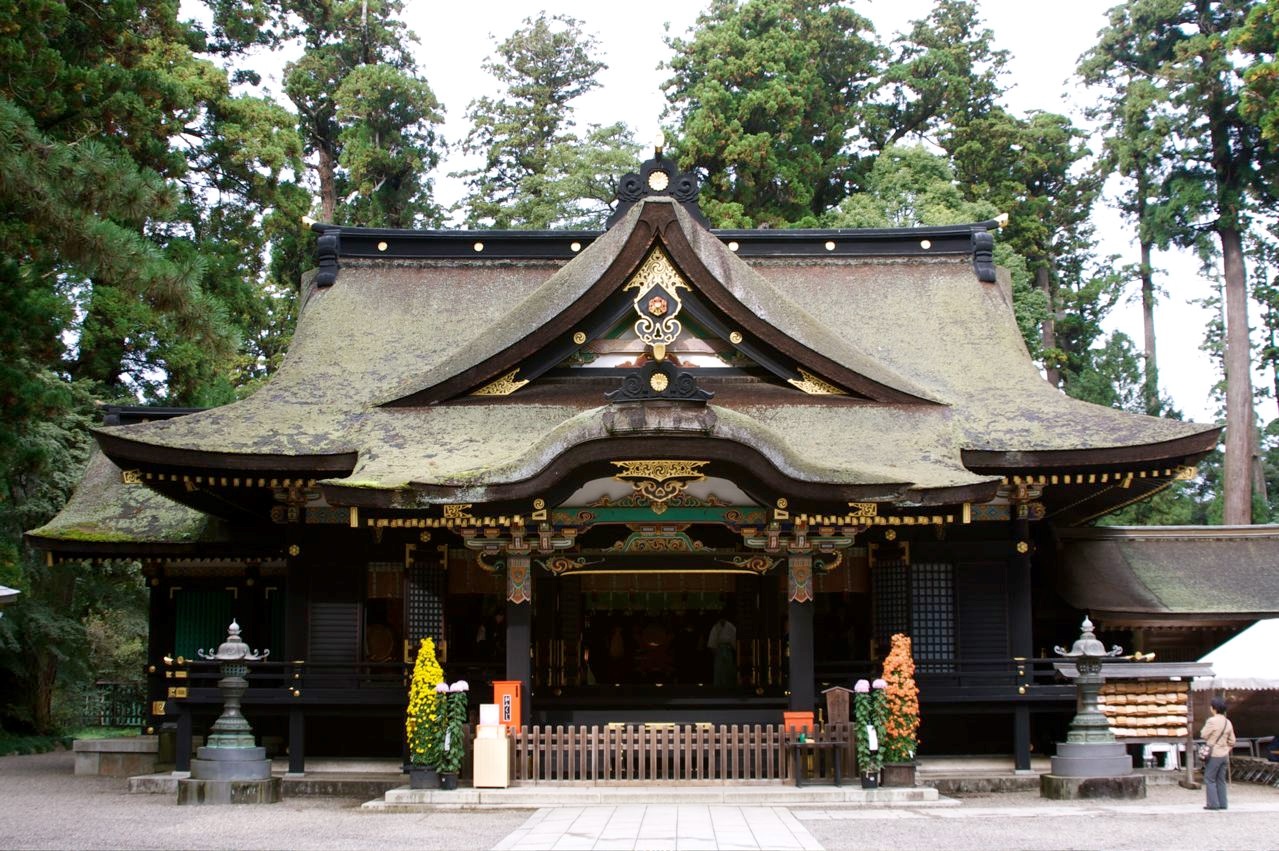
The Tenshinshō-den Katori Shintō Ryū is considered by the Japanese government as the most distinguished of Japanese martial traditions not only because it is one of the oldest recorded (the school was founded around 1447) but also because this ryū (tradition) is the source of many other schools which evolved subsequently (for example, we will only cite Kashima Shintō Ryū, Shindō Isshin Ryū and Shinkage Ryū of the famous samurai Kamiizumi Ise-no-Kami Nobutsuna).
The school includes in its program, iai-jutsu (drawing the sword), kenjutsu (fencing), bōjutsu (staff), naginata-jutsu (fauchard), jūjutsu (bare-handed techniques), shuriken-jutsu (projectile throwing), ninjutsu (espionage), sōjutsu (spear), senjutsu (tactics), and chikujō-jutsu (fortifications).
It also integrates a large number of other fields, the majority being transmitted orally, and contains strategic or esoteric studies notably on yin (jp. In) and yang (jp.Yo) of Chinese philosophy, making The study of this tradition is a lifelong undertaking for those who take the trouble (see note 1).
The school does not use the modern system of grades (kyu/dan symbolized by colored belts) but the ancestral system of parchments which are the mokuroku, menkyo and gokui. These rolled up handwritten parchments (5 meters for the smallest) are issued individually depending on the candidate's progress.
In Japan, even today, the ryū retains its tradition of solemn commitment through the keppan (see note 2). This rite is an oath written and signed with one's own blood, to respect the rules of ryū (see note 3). In this way, the Tenshinshō-den Katori Shintō Ryū was able to maintain the originality of its teachings, both in spirit and in form, as desired by the founder, Master Iizasa Chōisai Ienao (飯篠長威斉家直, 1387-1488, Iga-no-Kami from its posthumous Buddhist name).
On a philosophical level, although for a time Master-at-arms of Shogun Ashikaga Yoshimasa (1449-1474), the founder, a Buddhist of the Shingon school (see note 4), was marked by the cruel stupidity of war. One of the school's quotes is: "The art of war is the art of peace. We must triumph without fighting." (see note 5)
From this naturally follows a gradation of victories: the worst consists of killing one's enemy, the least worst is the victory obtained by wounding or incapacitating one's enemy and the best, the one which will have dissuaded the enemy from confronting us.
In order to prevent his successors from falling into the trap of subordination to any power, the founder forbade his descendants from placing themselves in the service of an authority whatever the proposed consideration, because this would mean having to use his sword to commit crimes in order to respect his allegiance.
The foundation of the Katori Shintō Ryū tradition is based on a revelation, that of Futsu-Nushi-no-Kami (経津主神), received by the founder during a thousand-day asceticism (sen nichi gyō misogi) in the shrine of the Katori Jingū, hence the name of the school which claims to be divinely inspired (see note 6). As for the warrior divinity Marishiten (摩利支天), very popular during this troubled era, it was integrated into this martial tradition which also has a specific norito (prayer) (see note 7).
For more information you can visit the English version of the official website of this martial tradition or obtain the book (also in English) by the late Great Master Ōtake Risuke (大竹利典, 1926-2021), "Strategy and the Art of Peace" published by NIPPON BUDOKAN (ISBN 978-4-583-10984-8).
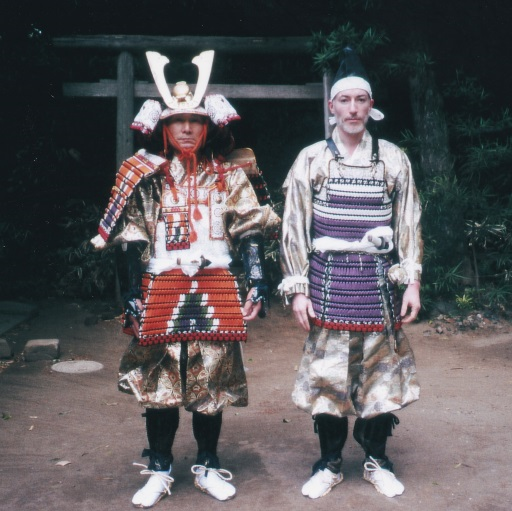
(see note 8)
France Shibu
The school, shrouded in mystery, has always aroused interest in the world of traditional martial arts. Its opening to the West in 1998 (see note 9) accelerated things and unfortunately, a certain number of people teach and use the name of the school without authorization.
A Kyōshi (teaching) or Shidōsha (instructor) license no longer grants permission to teach. As of 2019, no one is allowed to represent in any way or teach the techniques of this school without a Shibuchō (branch manager) license issued by the current Sōke (heir to the tradition) Iizasa Shūri-no-Suke Yasusada (飯篠修理亮快貞).
Since September 2017, the Shihan (grandmaster) has been Master Kyōsō Shigetoshi (京増先生), younger son of the late Master Ōtake Risuke, famous in the world of traditional martial arts.
At present, the only Shibuchō authorized to direct the activities of the Katori Shintō Ryū school in France is Olivier Kabèche (olivier.kabeche@tsksr.fr)

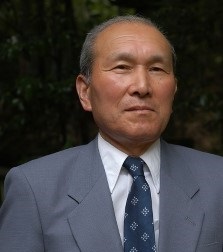
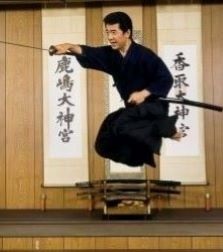
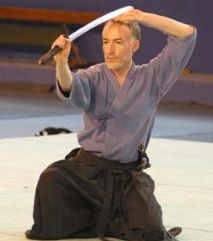
Notes
- Even if this tradition is complex, the benefits of the practice are felt fairly quickly by those who apply themselves and persevere, even over a short period of time. Among these, we will only mention the improvement of concentration, self-control and alertness..
- Outside of Japan, it is not necessary to take the keppan to start practicing. Previously the candidate cut his own finger with a knife to sign it. Today, we use a sterilized needle.
-
The oath includes 4 points explained below. As you can imagine, a certain tolerance has developed over the ages.
- Do not reveal anything about the school: from the outset the school has maintained the greatest secrecy about its content. Over time, especially in recent decades with the advent of the Internet, a lot of information about basic content has leaked. Only the higher teachings still remain unknown to lay people.
- Do not show the school's techniques: in the time of the samurai, revealing the techniques meant endangering members of the school or associated clan.
- Do not indulge in gambling or frequent places with a dubious reputation: in ancestral Japan (as today without a doubt), gambling houses and brothels were run by the yakuza which risked subjugate the samurai frequenting these places to their tenants.
- Do not duel without permission: duels were commonplace in feudal Japan and the founder did not appreciate them, even if he could not prevent them.
- Shingon Buddhism is one of the branches of esoteric Buddhism (Mikkyō) in Japan, founded in the 9th century by the Reverend Kūkai (Kōbō Daishi of his posthumous name) on Mount Kōyasan (高野山).
- This is a pun on ideograms. The art of war (heihō 兵法) has a namesake which means the art of peace (heihō 平法).
It is appropriate here to put a historical and geographical perspective in order to better understand the psychology of the founder. Originally from the province of Chiba and belonging to the eponymous clan whose destruction he witnessed, the founder lived during a pivotal period (Muromachi period, 1333-1573) marked by revolts which ended in a civil war ending only in the Edo period (1600). - Located in Chiba Prefecture, Katori Jingū is one of the most important shrines in Japan along with Kashima Jingū and Ise Jingū. Usually Shintō shrines have the title of Jinja (神社) except a few ones including the three previously mentioned, bearing the honorific title of Jingū (神宮).
The school (ryū) is historically linked to the sanctuary, and its name is composed of: Ten for Heaven, Shin for Spirit, Shōden for transmission, with the name of the sanctuary (Katori) as well as the ancestral Japanese religion (Shintō). - The great divinity Marishiten had its heyday from the Kamakura period (1185-1333) until the Edo period (1600-1868) before falling into disuse. Few temples remain with his effigy or worship him. Among these we will only mention the Tokudaiji (徳大寺) in Tokyo, close to Ueno Station.
Several martial traditions such as Nen Ryū or Shinkage Ryū have specific rituals or prayers like Katori Shintō Ryū. The interested reader is referred to the excellent book in English by David A. Hall, "The Buddhist Goddess Marishiten" published by GLOBAL ORIENTAL (ISBN 978-90-04-25010-9). - This annual festival of the Shintō shrine of Katori is considered major once every twelve years, during the year of the Horse according to the Chinese zodiac, which was the case in 2002.
During this festival, the representation of the deity Futsu-Nushi-no-Kami is taken out of the shrine to be taken from village to village for three days, including the picturesque town of Sawara (佐原) along the banks of the Tone-gawa River ( 利根川).
The southern bank of this river is, according to local legend, the landing place of Futsu-Nushi-no-Kami and Take-Mika-Zuchi-no-Kami when they were sent to Earth to bring order. The Tsunomiya Otorii (津宮鳥居) marks the supposedly exact location. - The school accepted foreigners before this date (1998) but they were admitted sparsely and generally on recommendation. There were many candidates, and few were accepted. Among these few we will cite Donn F. Draeger and Phil Relnick his successor, as well as Michel Coquet for France.

